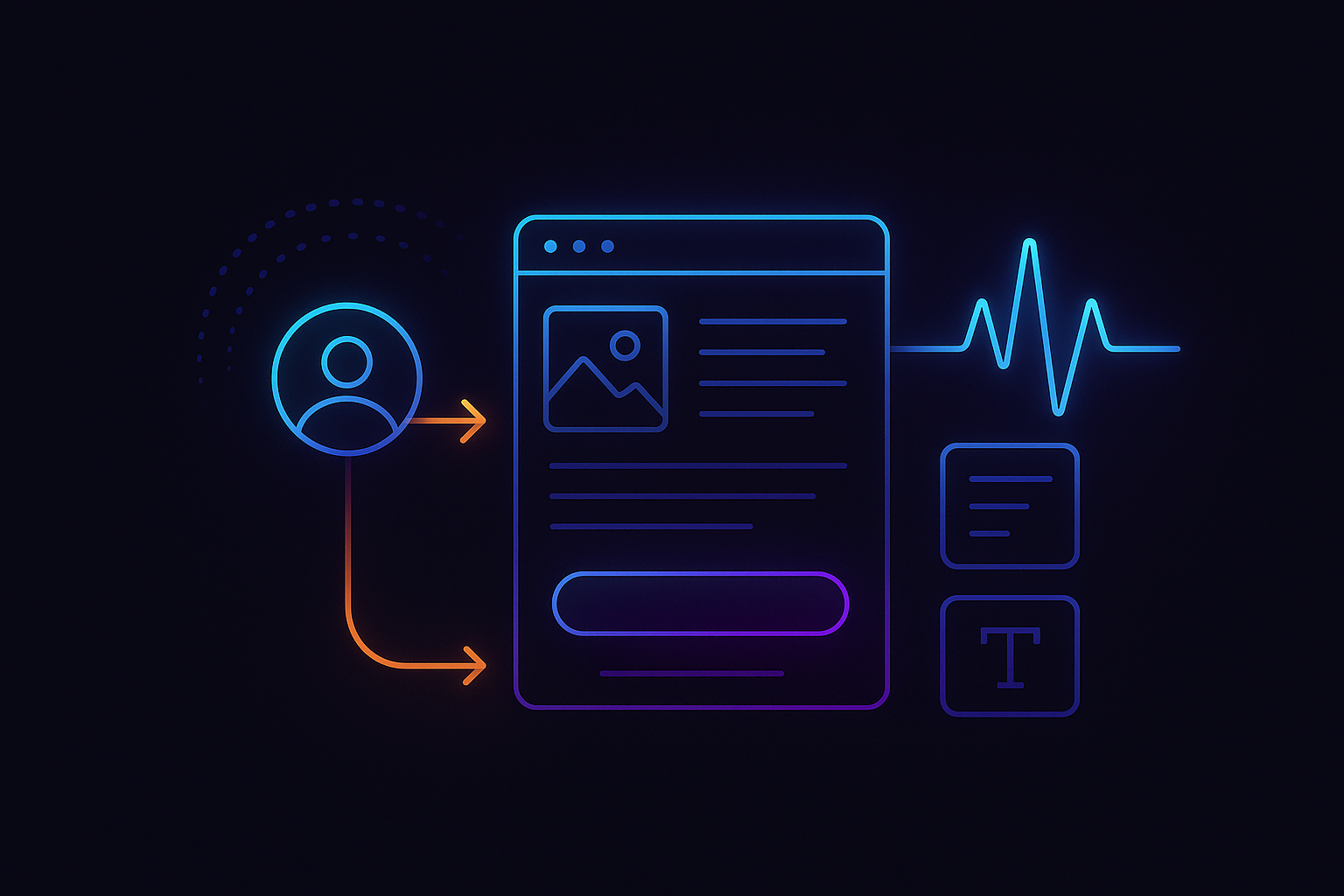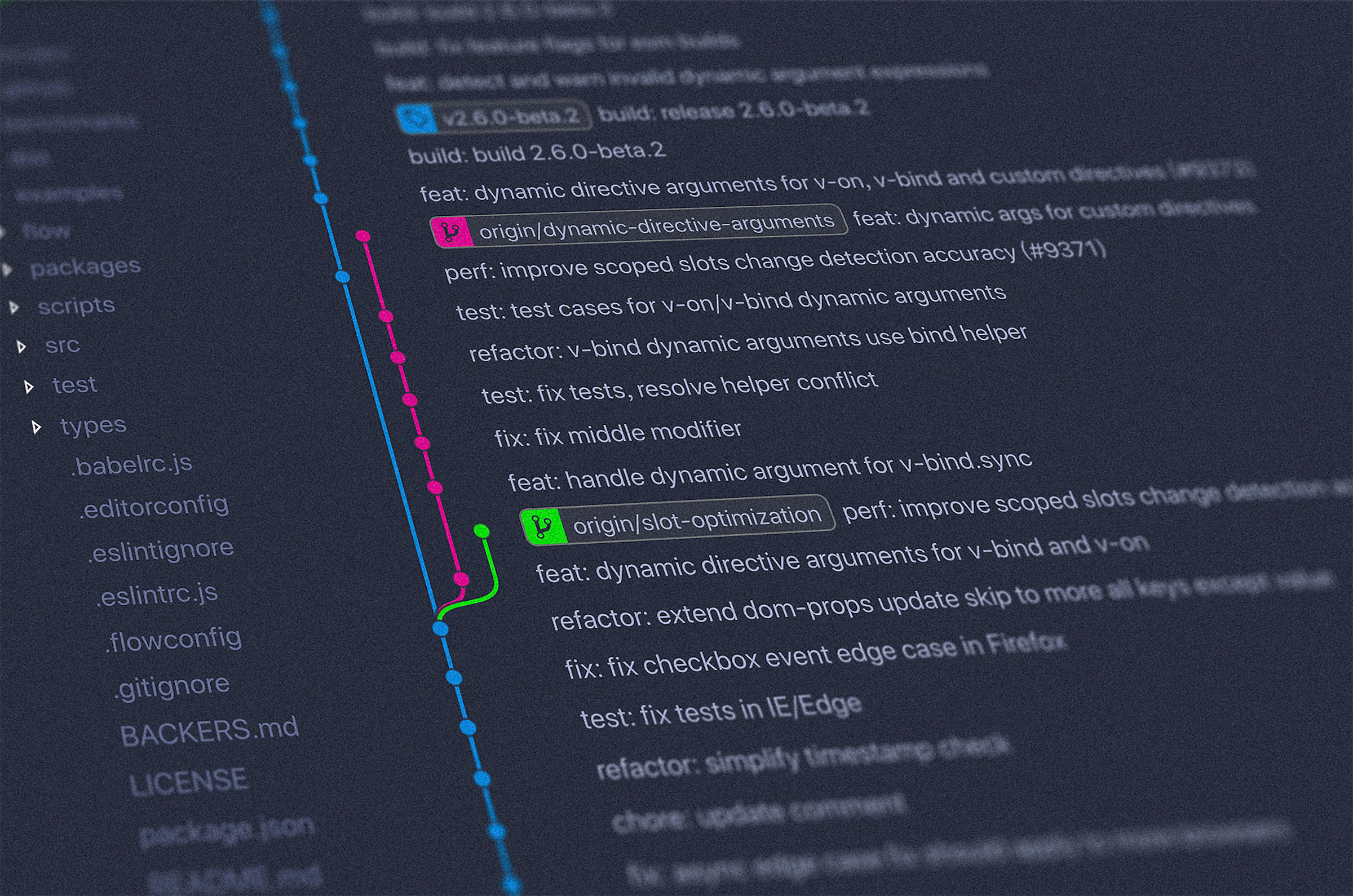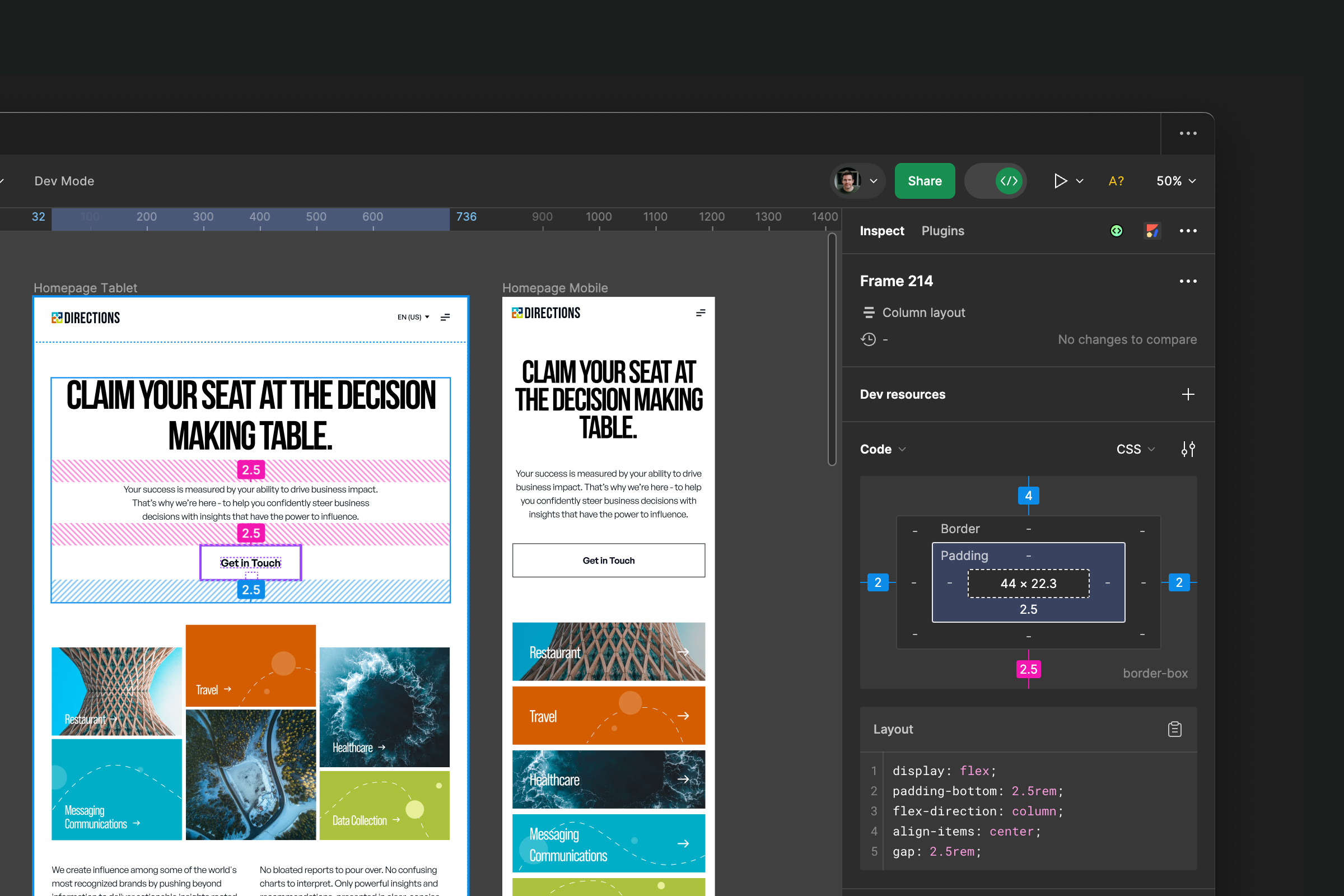Insights
Asynchronous collaboration and the five levels of autonomy

With a growing number of companies exploring the possibilities of distributed teams and asynchronous collaboration, understanding the various stages of remote work implementation is crucial. A fascinating discussion between Matt Mullenweg, co-founder of WordPress and CEO of Automattic, and Sam Harris, author and host of the Making Sense podcast, sheds light on this topic by introducing the concept of five levels of autonomy.
Matt Mullenweg's insights on remote work stem from his experience in leading a fully distributed company, while Sam Harris brings a unique perspective as a thought leader in various fields, including neuroscience, philosophy, and ethics. Their conversation highlights the importance of remote work and asynchronous collaboration, not only as a response to the current global situation but as a long-term strategy for businesses to thrive in a rapidly changing landscape.
Remote work has the potential to reshape how companies operate, enabling them to tap into global talent pools, save on operational costs, and provide employees with an improved work-life balance. Asynchronous collaboration, in particular, allows team members to work on projects at their own pace, without being tied down by the constraints of traditional office hours. This can lead to increased productivity, better decision-making, and a more inclusive work environment.
For us at Magnet, the five levels of autonomy provide a valuable framework for understanding how to implement remote work and asynchronous collaboration effectively. These levels can serve as a guide for other agencies and companies to assess their current remote work capabilities, identify areas for improvement, and develop strategies to advance their remote work practices. By embracing the principles of the five levels of autonomy, organizations can adapt to the changing demands of the industry, attract top talent, and deliver exceptional results for their clients.
Level One: No Deliberate Effort for Remote Work
At the first level of autonomy, companies make no deliberate effort to support remote work. In organizations operating at this level, employees are generally expected to work on company premises, using company equipment, and during company-designated hours. Remote work is only tolerated in cases of emergencies or unexpected events, and even then, it's often viewed as a temporary solution until normal operations can resume. In level one companies, communication is heavily reliant on in-person interactions, and there is a lack of established remote work infrastructure or policies.
Challenges Faced by Companies at Level One During the COVID-19 Pandemic
The COVID-19 pandemic was a wake-up call for many level one organizations, as they were forced to adapt to remote work almost overnight. Unprepared for this sudden shift, these companies faced numerous challenges, such as:
- Inadequate technology and tools: Level one organizations often lacked the necessary technology and tools to facilitate remote work, making it difficult for employees to access essential work resources, communicate with colleagues, and collaborate effectively.
- Poor communication: Companies at this level were heavily dependent on in-person communication, and the sudden switch to remote work led to disruptions in information flow and decision-making processes.
- Resistance to change: Employees and managers in level one organizations were typically accustomed to traditional work environments and might have been resistant to embracing remote work and asynchronous collaboration.
- Concerns about productivity: Without proper remote work policies and procedures in place, companies at this level often worried about the potential impact of remote work on employee productivity and performance.
The Importance of Moving Towards Higher Levels of Autonomy for Long-term Business Success
The challenges faced by level one companies during the COVID-19 pandemic highlighted the need for organizations to embrace higher levels of autonomy and prioritize remote work capabilities. By moving towards more advanced levels of remote work implementation, companies can:
- Improve flexibility and adaptability: Higher levels of autonomy enable companies to adjust more quickly to unexpected events and changing market conditions, ensuring business continuity and resilience.
- Access a broader talent pool: By supporting remote work, companies can recruit from a global talent pool, allowing them to hire the best candidates regardless of geographical location.
- Enhance employee satisfaction and retention: Remote work and asynchronous collaboration can improve work-life balance, reduce stress and burnout, and ultimately lead to increased job satisfaction and employee retention.
- Boost productivity and efficiency: When implemented correctly, remote work can lead to increased productivity and efficiency, as employees have more control over their work environment and can focus on tasks without the distractions of a traditional office setting.
Level Two: Adapting to Remote Work
Level two autonomy is characterized by companies that have transitioned from a purely in-office work environment to a remote work setting, often in response to external factors such as the COVID-19 pandemic. At this level, organizations have made some efforts to facilitate remote work, such as providing employees with access to necessary tools and technologies, like Zoom or Microsoft Teams. However, level two companies still primarily rely on synchronous communication, and their approach to remote work often involves recreating the traditional office environment in a virtual setting, rather than fully embracing the potential of remote work.
Companies Transitioning to Remote Work During the Pandemic
The COVID-19 pandemic pushed many companies, previously operating at level one, to rapidly adopt remote work practices, propelling them into level two autonomy. These organizations had to quickly adapt to new ways of working, learn to use new tools, and establish new communication channels. This sudden shift to remote work came with its own set of challenges, such as:
- Adapting to new technology: Employees and managers needed to learn how to use remote work tools, often with limited training or support.
- Balancing work and personal life: Transitioning to remote work required employees to find a balance between their professional and personal lives, often in the same physical space.
- Overcoming resistance to change: As with level one companies, employees and managers in level two organizations might have been hesitant to fully embrace remote work and asynchronous collaboration.
The Pitfalls of Merely Recreating the Office Environment Remotely
By simply recreating the office environment in a remote setting, level two companies may not realize the full potential of remote work. Some common pitfalls of this approach include:
- Over-reliance on synchronous communication: Level two companies often conduct meetings and discussions in real-time, leading to an abundance of interruptions and reduced focus on individual tasks.
- Inefficient decision-making: Without established asynchronous processes, level two organizations may experience delays in decision-making, as employees wait for real-time meetings or responses from colleagues.
- Lack of trust: In level two companies, managers may be concerned about employee productivity and performance, sometimes leading to invasive monitoring practices or a lack of flexibility in work schedules.
The Need to Move Beyond Level Two for a Sustainable Remote Work Model
To create a sustainable and efficient remote work model, companies must move beyond level two autonomy. This involves:
- Investing in robust asynchronous processes: Developing and implementing asynchronous communication and collaboration practices can help reduce interruptions and improve overall productivity.
- Focusing on employee autonomy and trust: Empowering employees to manage their own work schedules and tasks can lead to increased job satisfaction, retention, and performance.
- Prioritizing written communication: Effective written communication is crucial for remote work success, and companies should focus on hiring and developing strong writers.
Level Three: Embracing Remote Work and Asynchronous Communication
At level three autonomy, companies begin to fully embrace remote work and recognize the value of asynchronous communication. These organizations invest in better equipment and tools, create robust asynchronous processes, and prioritize written communication in their day-to-day operations. By achieving level three autonomy, companies can significantly enhance the efficiency and effectiveness of their remote work model.
The Role of Technology and Tools in Enhancing Remote Work and Asynchronous Communication
In level three companies, technology and tools play a vital role in facilitating remote work and asynchronous communication. Some key aspects of this include:
- Using collaboration tools: By adopting tools like Slack, Microsoft Teams, or Trello, level three companies can streamline communication and collaboration among remote employees.
- Employing document-sharing platforms: Services like Google Docs or Dropbox enable employees to collaborate on documents, track changes, and provide feedback in real-time, fostering asynchronous collaboration.
- Implementing project management software: Tools like Asana, Basecamp, or ClickUp can help remote teams manage tasks, deadlines, and priorities efficiently without the need for constant real-time communication.
Importance of Written Communication and Hiring Great Writers
Level three organizations understand the critical role written communication plays in remote work success. As a result, they prioritize hiring and developing strong writers. Effective written communication:
- Facilitates asynchronous collaboration: Well-structured, clear, and concise writing allows team members to understand tasks, requirements, and expectations without the need for constant real-time discussions.
- Reduces misunderstandings: Clear written communication can help prevent miscommunications and minimize confusion among remote team members.
- Enhances documentation: Good written communication ensures that important decisions, processes, and policies are documented and easily accessible, contributing to the company's knowledge base and continuity.
The Value of In-Person Meetups and Team-Building Activities in a Remote Work Environment
Despite the focus on remote work and asynchronous communication, level three companies recognize the value of in-person meetups and team-building activities. These organizations plan regular meetups, retreats, or conferences, allowing team members to:
- Build relationships: In-person meetups help remote employees develop stronger connections, fostering a sense of camaraderie and team spirit.
- Enhance collaboration: Face-to-face interactions can improve communication and collaboration among team members, leading to more effective problem-solving and decision-making.
- Boost morale and job satisfaction: Participating in team-building activities can increase employees' motivation, job satisfaction, and commitment to the company's goals.
Level Four: Asynchronous Collaboration and Trust-Based Remote Work
When a company reaches level four autonomy, it fully embraces asynchronous collaboration and adopts a trust-based approach to remote work. At this level, the focus shifts from time spent working to the results and outcomes produced by employees. Organizations at level four empower their team members with flexibility and agency in their work, while benefiting from a global talent pool and improved employee retention.
Definition and Characteristics of Level Four Autonomy
Level four autonomy is characterized by:
- A truly asynchronous work environment: Employees have the flexibility to work at their preferred times and can collaborate asynchronously, without being tied to a specific schedule.
- Outcome-focused performance evaluation: The emphasis is on the quality and impact of work produced, rather than the hours spent working or the time at which tasks are completed.
- Trust-based management: Managers trust their team members to complete their work without constant oversight, fostering a culture of accountability and autonomy.
- Inclusive and objective standards: The organization sets clear, objective standards that allow all employees, regardless of their background or location, to contribute and succeed.
The Focus on Results and Outcomes Rather Than Time Spent Working
At level four, companies prioritize results over time spent working. This approach encourages employees to work more efficiently and effectively, leading to higher productivity and improved performance. By focusing on outcomes, organizations can:
- Foster a culture of accountability: Employees are held accountable for the results they produce, encouraging a strong sense of responsibility and ownership.
- Encourage innovation and problem-solving: An outcome-focused approach promotes creative thinking and problem-solving, as employees are driven to find the most effective solutions.
- Support work-life balance: By allowing employees to work at their preferred times, companies can help promote a healthy work-life balance, which can boost overall well-being and job satisfaction.
Empowering Employees with Flexibility and Agency in Their Work
Level four organizations empower employees with the flexibility and agency to manage their work in a way that suits their individual needs and preferences. This approach can lead to:
- Increased engagement and motivation: When employees have more control over their work, they are likely to feel more engaged and motivated to perform at their best.
- Enhanced productivity: Flexible work arrangements can enable employees to work during their most productive hours, leading to higher levels of output and efficiency.
- Improved work-life balance: Providing employees with the autonomy to manage their work can help them achieve a better balance between their personal and professional lives.
Benefits of Tapping into the Global Talent Pool and Improving Employee Retention
By adopting level four autonomy, companies can tap into the global talent pool and improve employee retention. This approach offers several benefits, such as:
- Access to diverse perspectives and skills: By hiring talent from around the world, companies can benefit from a wide range of skills, experiences, and perspectives, which can foster innovation and drive business growth.
- Cost savings: Sourcing talent globally can help companies reduce recruitment and operational costs associated with maintaining physical office spaces.
- Enhanced employee retention: A flexible, trust-based work environment can lead to higher levels of job satisfaction and employee retention, reducing turnover rates and associated costs.
Level Five: Achieving Remote Work Nirvana
Level five autonomy represents the pinnacle of remote work, where organizations consistently outperform traditional in-person organizations. While this level may not be entirely achievable, striving for it can foster a culture of continuous improvement, employee wellness, creativity, and work satisfaction.
Definition and Characteristics of Level Five Autonomy
Level five autonomy is characterized by:
- Consistently outperforming in-person organizations: A level five company consistently achieves better results, innovation, and productivity than traditional in-person organizations.
- Prioritizing employee wellness and mental health: The organization actively supports employees in maintaining a healthy work-life balance, promoting mental health and overall well-being.
- Fostering creativity and innovation: Employees are encouraged to bring their best selves to work, resulting in higher levels of creativity and innovation.
- Striving for continuous improvement: Recognizing that level five may never be fully achievable, the company continuously seeks ways to improve and optimize its remote work model.
The Aspiration of Consistently Outperforming Traditional In-Person Organizations
Level five companies aim to surpass the performance of traditional in-person organizations by leveraging the benefits of remote work, such as access to global talent, increased flexibility, and reduced overhead costs. This aspiration drives organizations to continually innovate and adapt, leading to better results, higher productivity, and greater efficiency.
Fostering Employee Wellness, Creativity, and Work Satisfaction
At level five, organizations prioritize employee wellness, creativity, and work satisfaction. By doing so, they can:
- Attract and retain top talent: A healthy, creative, and satisfying work environment can help companies attract and retain the best talent, driving long-term success.
- Boost productivity and innovation: When employees are happy, healthy, and engaged, they are more likely to be productive and contribute innovative ideas.
- Enhance company culture: A focus on employee well-being can foster a positive company culture, strengthening team bonds and increasing loyalty.
Recognizing the Potential Challenges and Striving for Continuous Improvement
While achieving level five autonomy may be an idealistic goal, it is essential to recognize the potential challenges that come with remote work and continuously strive for improvement. Companies can:
- Regularly evaluate and optimize remote work processes: Regularly reviewing and refining remote work processes can help organizations identify areas for improvement and ensure that the company remains agile and adaptable.
- Invest in employee development and training: Providing employees with opportunities for growth and development can help them stay engaged, motivated, and productive.
- Encourage open communication and feedback: Fostering a culture of open communication and feedback can help companies identify and address potential issues, promoting continuous improvement and growth.




































.jpeg)




.jpg)
.jpg)



.jpg)
